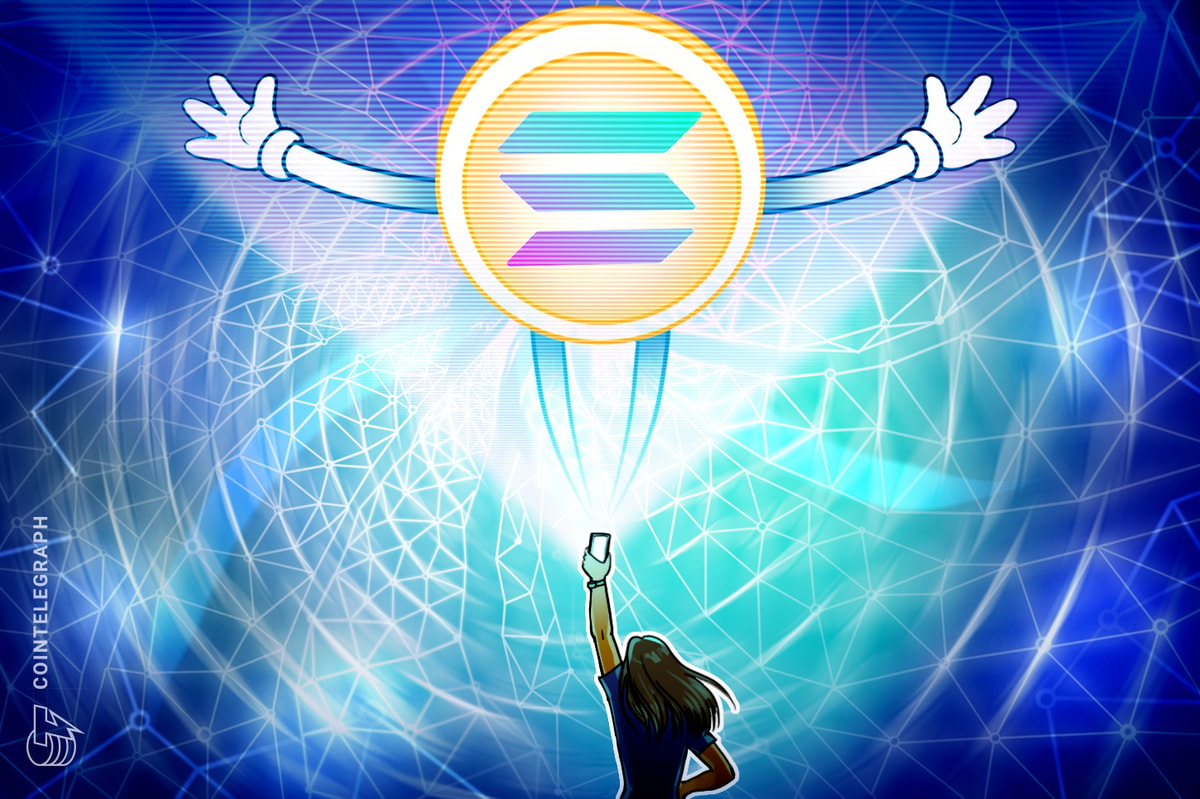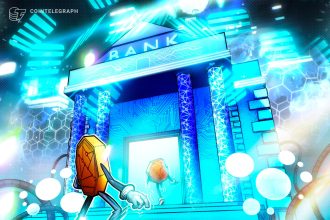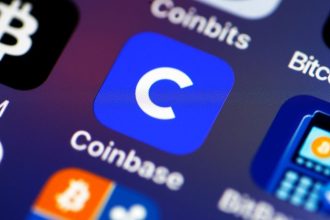Solana DEX Volume Surges Past Ethereum, But Long-Term Concerns Grow
June 17, 2025
Key Points
- Solana DEX volumes surpassed Ethereum’s, reaching $64.1B over the last 30 days, though overall activity remains significantly below previous peaks.
- Hyperliquid has emerged as the dominant platform for Solana’s perpetual futures trading, raising questions about Solana’s long-term lead in DeFi trading activity.
Solana’s native token SOL experienced its first decline of 15% this week following its failure to reclaim the psychological $168 resistance level. This bearish movement came after a period of reduced overall network activity and waning demand for the popular memecoin sector.
Despite this downturn, recent data shows Solana challenging Ethereum’s position. According to DefiLlama, Solana’s DEX volume reached $64.1 billion over the past 30 days, briefly surpassing Ethereum’s $61.4 billion during June. BNB Chain maintained its position as the top chain with $159.6 billion in 30-day DEX volume. However, Solana gained noticeable share throughout the month.
Raydium ($19.1B), Pump.fun ($14.2B), and Orca ($13.9B) were Solana’s top three DEX contributors. Remarkably, despite this volume gain, Solana’s DEX activity remains 91% below the January peaks.
The muted performance of Solana’s memecoin sector further complicates the narrative supporting the DEX volume gains. Most major tokens saw 25%+ declines over the last two weeks, dampening investor enthusiasm.
Compounding growth concerns is the rapid rise of Hyperliquid, an independent trading engine supporting Solana-based perpetual futures contracts. DefiLlama data indicates Hyperliquid’s 30-day trading volume was 84% higher than its five main rivals combined. This success has shifted trader focus, reducing interest in DeFi trading activity on major layer-1 blockchains.
“Solana’s robust base layer supports asset availability crucial for the Derivative Layer,” noted Drift Protocol’s David Lu. “There’s also unique protection from offchain prioritization risks.”
This success story for Hyperliquid has fueled speculation that other major Layer-1 chains may find their derivatives relevance diluted as alternative platforms gain popularity. This uncertainty extends to validation narratives supporting SOL bulls ahead of its possible ETF approval.
Meanwhile, derivatives markets offer a mixed sentiment picture. In a neutral market, perpetual funding rates for long SOL positions typically hover around 5%-12%. Currently, the average annualized funding rate falls into the negative range (≈-2%), suggesting bearish sentiment, as perpetual sellers subsidize long positions.
This cooling risk appetite is evident compared to SOL’s previous derivatives heat, despite broader crypto market pessimism. For now, bulls point to the potential approval of a Solana spot ETF by the SEC—which has around a 65% likelihood pending a final October decision—as the primary catalyst for price recovery, alongside Solana’s technical advantages.
While hyperliquid is now a competitor vying for dominance, Solana’s network effect and scalability likely maintain priority for many token creators. However, the success of Hyperliquid highlights new layers of competition requiring close monitoring.












